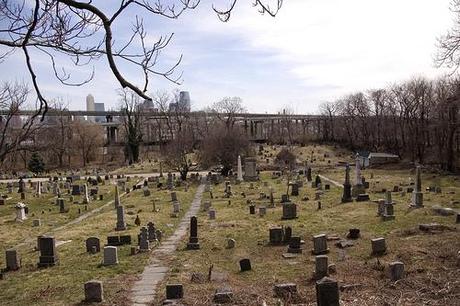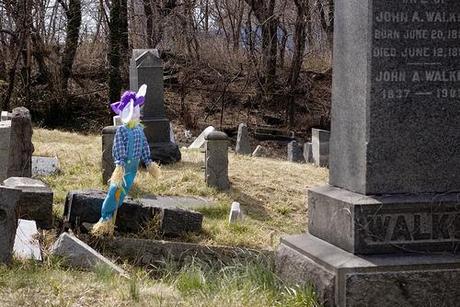
I have long believed that a need for order, coherence, patterns, is intrinsic to being human. I suppose I can date this belief to the mid-1970s when I read William Powers, Behavior: The Control of Perception (1973). Under the topic of reorganization (more conventionally, learning) Powers talked of intrinsic reference levels for the (proper) construction of control systems (which I’ve recently recounted in Cultural Beings, the Ontology of Culture, and a Return to Books and Blues). Hays and I included Powers’ notion in our paper, Principles and Structures of Natural Intelligence (1988), and I associated it with Csikszentmihalyi’s notion of flow in Culture as an Evolutionary Arena (1996).
That’s what’s behind ‘beauty’ or whatever it is that works of art are said to have, and for elegance in scientific theory and mathematical proof. And it is, I believe, behind cultural evolution. We must make order of the world; that is the ‘other side’ of anxiety.
But where’d it come from? In our paper on natural intelligence Hays and I associated the need for coherence with the process of reorganization (following Powers) and we linked that to the emergence of vertebrates. That makes it very old indeed. What seems to have happened with humankind is that this rage for order has been set free from merely biological imperatives, has been set from from the tyranny of the present, so that it now ranges over the whole of space and time.

How’d that happen? And when? There is the emergence of human language. That sets cognition free of the present by allowing us to index the past, and thus recall it, and allows us to index the cognitive system itself, thus creating a need to order that index (ontology).
But there is also death (see Cultural Beings Evolving in the Mesh). It is one thing to mourn one’s fellows, as animals do. It is another think to know that you will, at some point, die. How is it that we came to know that? What are the cognitive presuppositions of such knowledge?
Explicit grave sites along with grave goods appear in the human record about 100,000 years ago. I take that as evidence that people have come to know that they will die. It may be the dead that are buried, but it is done for the benefit of the living. It is a way of keeping the living whole.
Somewhere in the nexus of language and death, that is where we’ll find our rage for order. That is what drives us.

* * * * *
Photographs are of the Jersey City and Harsimus Cemetary and were taken in March 2009.

